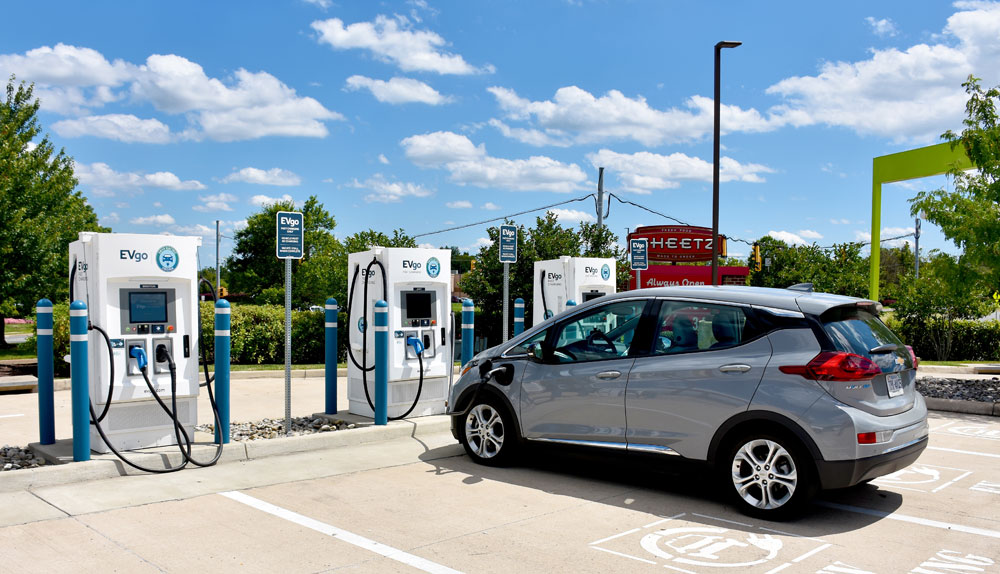Charging an electric vehicle (EV) is a key consideration for potential buyers and current owners alike. Unlike traditional gasoline cars where refueling takes just a few minutes, charging an EV can take anywhere from a few minutes to several hours, depending on various factors. Let’s break down the different charging options and what you can expect in terms of charging times.
Understanding EV Charging Levels
EV charging is typically divided into three levels, each offering different speeds and convenience:
- Level 1 Charging:
- Description: Level 1 charging uses a standard 120-volt household outlet.
- Charging Speed: This is the slowest charging method, adding about 3-5 miles of range per hour.
- Ideal For: Overnight charging at home for those with short daily commutes.
- Level 2 Charging:
- Description: Level 2 charging requires a 240-volt outlet, similar to what’s used for large home appliances like dryers.
- Charging Speed: Adds around 12-60 miles of range per hour, depending on the vehicle and charger.
- Ideal For: Home charging stations, workplaces, and public charging locations. It’s the most common method for daily use.
- DC Fast Charging (Level 3 Charging):
- Description: DC fast chargers provide high-powered charging through dedicated charging stations.
- Charging Speed: Adds 100-200+ miles of range in 30 minutes or less.
- Ideal For: Long trips, highway rest stops, and quick top-ups during the day.
Factors Affecting Charging Time
Several factors influence how long it takes to charge an EV:
- Battery Size: Larger batteries take longer to charge. For instance, a 100 kWh battery will take more time than a 50 kWh battery.
- Charging Power: The power output of the charging station affects the speed. Higher power outputs mean faster charging.
- State of Charge: Charging from 0% to 80% is faster than charging from 80% to 100% due to the way batteries absorb power.
- Temperature: Extreme temperatures can affect charging efficiency. Cold weather, in particular, can slow down charging times.
- Vehicle’s Onboard Charger: The capacity of the vehicle’s onboard charger determines how much power it can accept. Vehicles with higher capacity onboard chargers can take advantage of faster Level 2 charging.
Typical Charging Times for Popular EVs
Here are some examples of typical charging times for popular EV models:
- Tesla Model 3 Standard Range Plus:
- Level 1: 40-50 hours
- Level 2: 8-10 hours
- DC Fast Charging: Up to 170 miles in 30 minutes
- Chevrolet Bolt EV:
- Level 1: 50 hours
- Level 2: 9.5 hours
- DC Fast Charging: Up to 100 miles in 30 minutes
- Nissan Leaf:
- Level 1: 35-40 hours
- Level 2: 7-8 hours
- DC Fast Charging: Up to 90 miles in 30 minutes
Optimizing Your Charging Routine
To make the most out of your EV charging experience, consider these tips:
- Install a Level 2 Charger: If you have the space and budget, installing a Level 2 charger at home can significantly reduce charging times.
- Use Public Chargers Strategically: Plan your trips around the availability of DC fast chargers for quick top-ups.
- Monitor Charging Status: Many EVs come with mobile apps that allow you to monitor and manage your charging remotely, ensuring you’re always prepared.
Conclusion
Charging an electric vehicle might take longer than filling up a gas tank, but with the right setup and a bit of planning, it can be seamlessly integrated into your daily routine. As technology advances and the charging infrastructure continues to expand, the convenience of owning an EV is only set to improve. Whether you’re charging overnight at home or quickly topping up at a public station, understanding the different charging options and times can help you make the most out of your electric driving experience.









Leave A Comment